If you visit the southern part of Botany Bay, you might notice a suburb named La Perouse. This name has a history that dates back to the late 18th century, when a French explorer arrived in Australia shortly after the British.
La Perouse was named after Jean-François de Galaup, comte de Lapérouse (1741–88), a French navigator and explorer who led a scientific expedition to the Pacific. Lapérouse was inspired by the discoveries of Captain James Cook, who had sailed along the east coast of Australia in 1770 and claimed it for Britain.
Lapérouse departed from France in 1785, with two ships, Astrolabe and Boussole, and a crew of 220 men. He had orders from King Louis XVI to explore the unknown regions of the Pacific, and to establish trade and diplomatic relations with the native peoples. He also had instructions to search for the mythical Terra Australis, or the Land of the South, which was believed to be a large continent in the southern hemisphere.
Lapérouse visited many places in the Pacific, such as Alaska, Hawaii, Samoa, Tonga, and New Zealand. He also made the first French contact with Japan, China, and Russia. He recorded his observations of the geography, flora, fauna, and culture of each place he visited, and sent reports and maps back to France.
In January 1788, Lapérouse reached Botany Bay, where he encountered the British First Fleet, which had arrived a few days earlier to establish a penal colony. The British governor, Arthur Phillip, offered him assistance and supplies. Lapérouse accepted the offer, and anchored his ships on the northern shore of the bay, near a small island that is now called Bare Island.
Bare Island is a heritage-listed islet that contains former fortification facilities. It was built in the early 1880s to protect Sydney’s back door from a possible Russian invasion. It was designed by Sir Peter Scratchley, Gustave Morell and James Barnet, and constructed by John McLeod. The fort was in operation until 1908, after which it became Australia’s first war veterans’ home. It is now a historic site that can be visited by guided tour. The island is connected by a 130-year-old wooden bridge to the mainland of La Perouse. The waters around the island are popular with scuba divers, and the Bare Island anglerfish is named after it.
Lapérouse and his men stayed in Botany Bay for six weeks, during which they repaired their ships, collected water and wood, planted a vegetable garden, and traded with the local Aboriginal people. They also erected a monument with an inscription that stated their names, the date of their arrival, and their intention to continue their voyage. The monument still stands today, and is the oldest European structure in Australia.
Lapérouse left Botany Bay on March 10, 1788, and sailed northward along the east coast of Australia. He planned to stop at New Caledonia, the Solomon Islands, and the Louisiade Archipelago, before heading to the Dutch East Indies. He also intended to return to France by the end of 1789.
However, Lapérouse and his ships never made it back to France. They disappeared somewhere in the Pacific, and their fate remained a mystery for many years. It was not until 1826 that a French naval captain, Peter Dillon, found evidence of their wreck on Vanikoro, a small island in the Santa Cruz group. He learned from the local people that the two ships had been wrecked on the coral reefs during a storm, and that some of the survivors had built a small boat and left the island, while others had died from disease or conflict with the natives.
Lapérouse’s disappearance was a loss for France and for science. He was regarded as one of the most accomplished and respected explorers of his time, and his expedition had contributed to the knowledge of the Pacific region. His journals, maps, and artifacts were later recovered from Vanikoro, and are now preserved in various museums and archives. They provide an insight into the history and culture of the places he visited, as well as his own personality and character.
La Perouse’s legacy lives on in the suburb that bears his name, as well as in other places around the world. There are streets, parks, islands, mountains, and monuments named after him, as well as a museum in Sydney that displays some of his relics. He is also remembered as a symbol of the friendship and cooperation between France and Australia, which began with his arrival in Botany Bay.
Please feel free to leave comments and stories about the above and for more stories check out PhotoChronicles.net
Photograph by Mike Fernandes at Bare Island
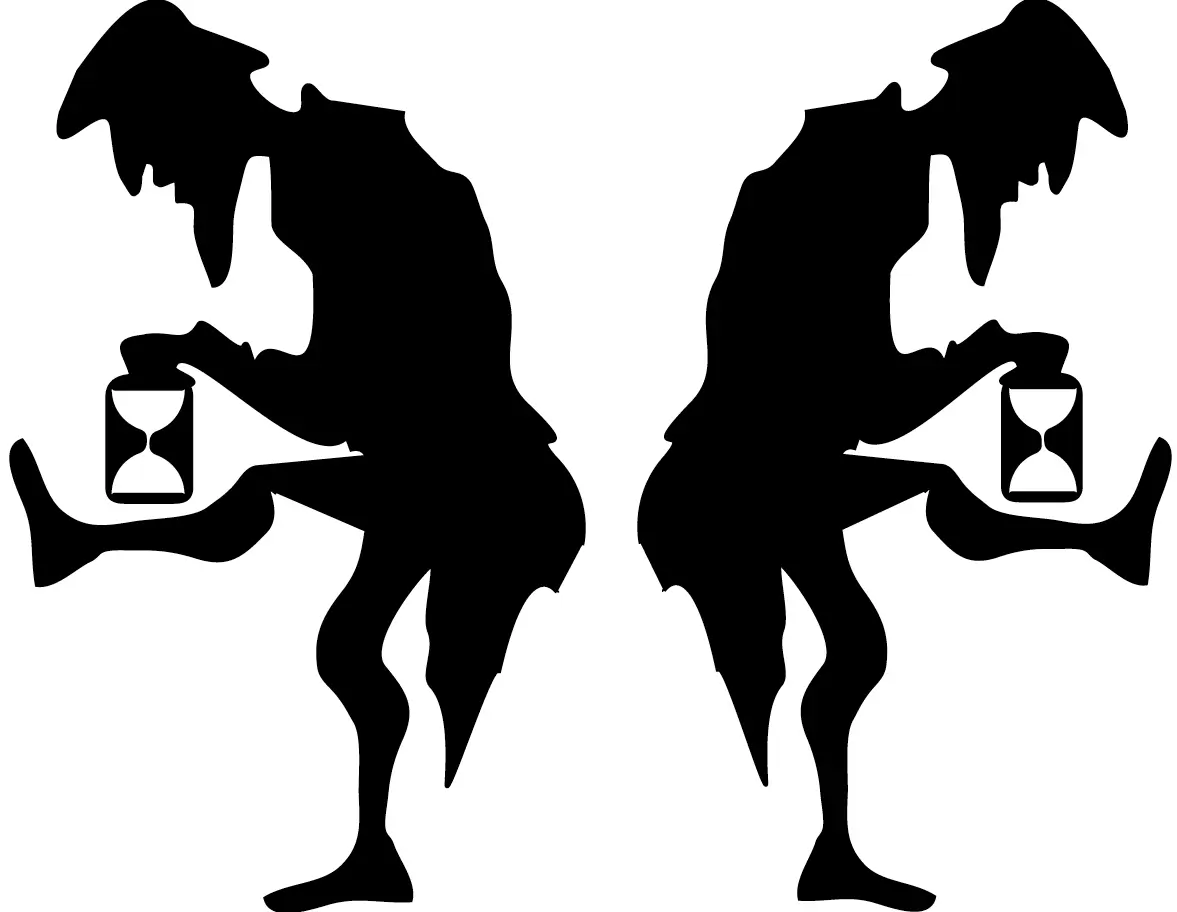

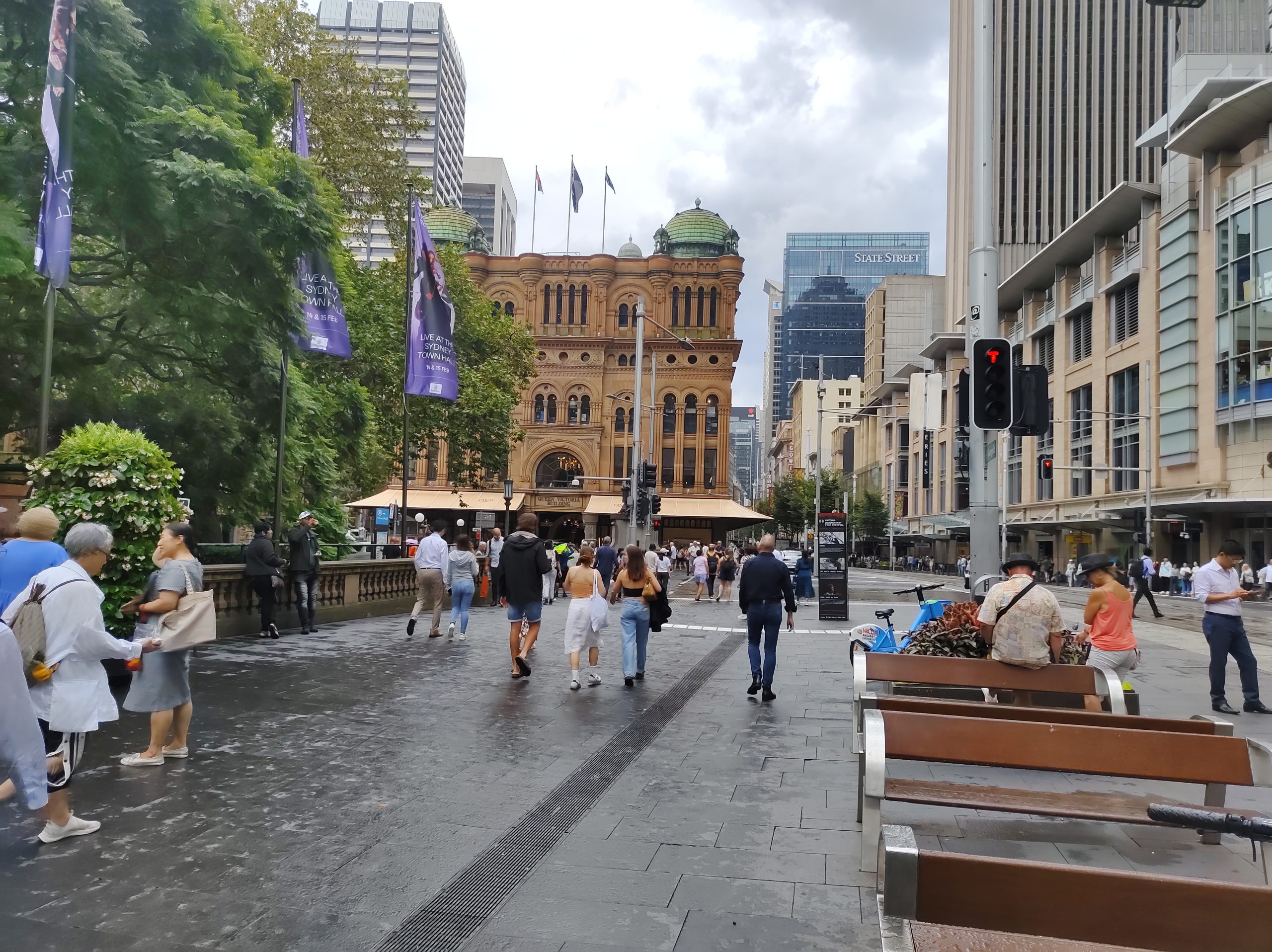
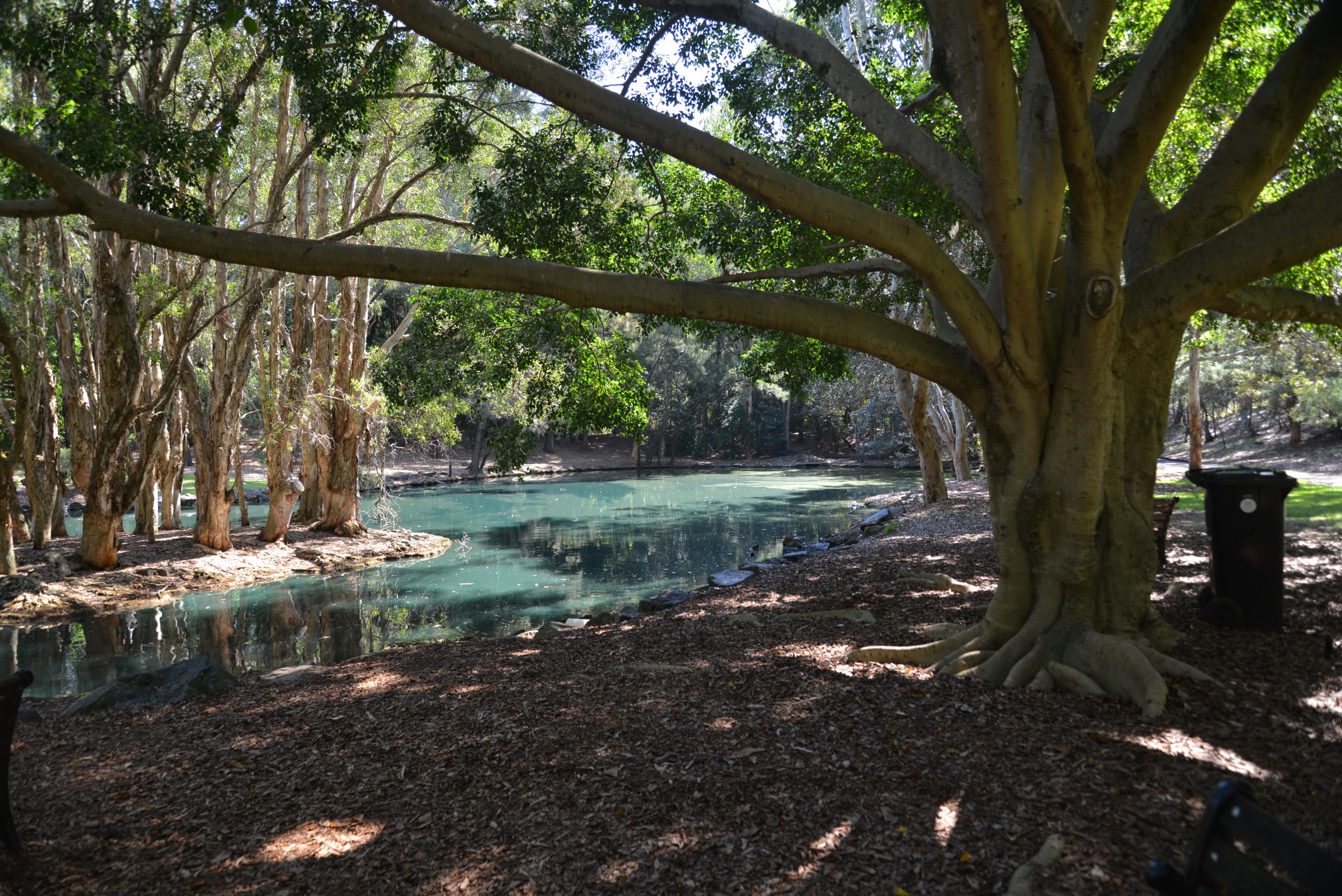
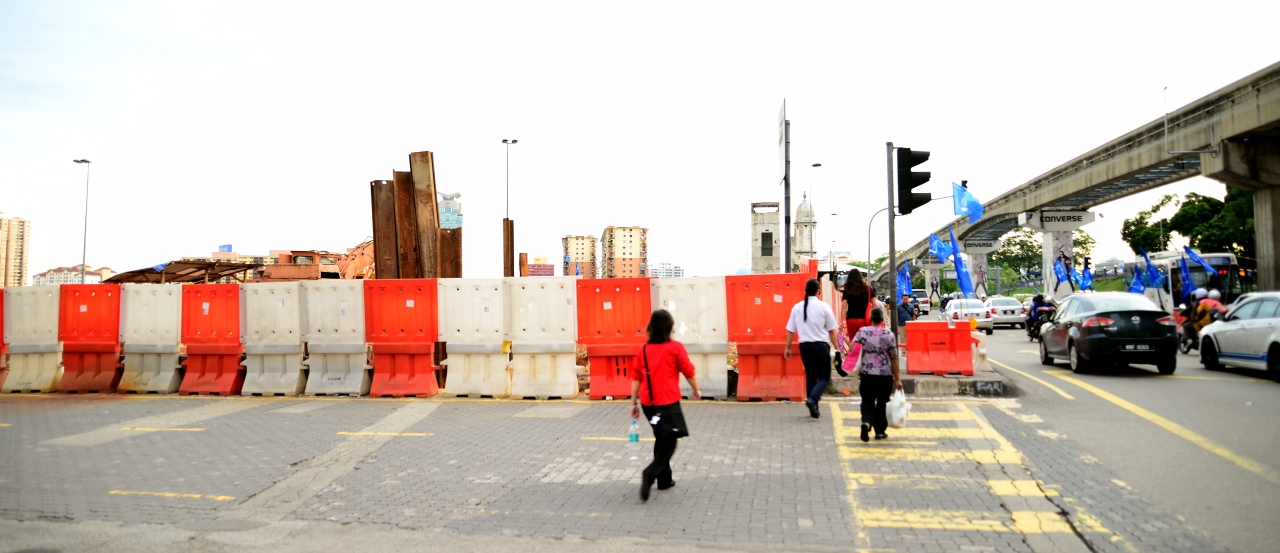
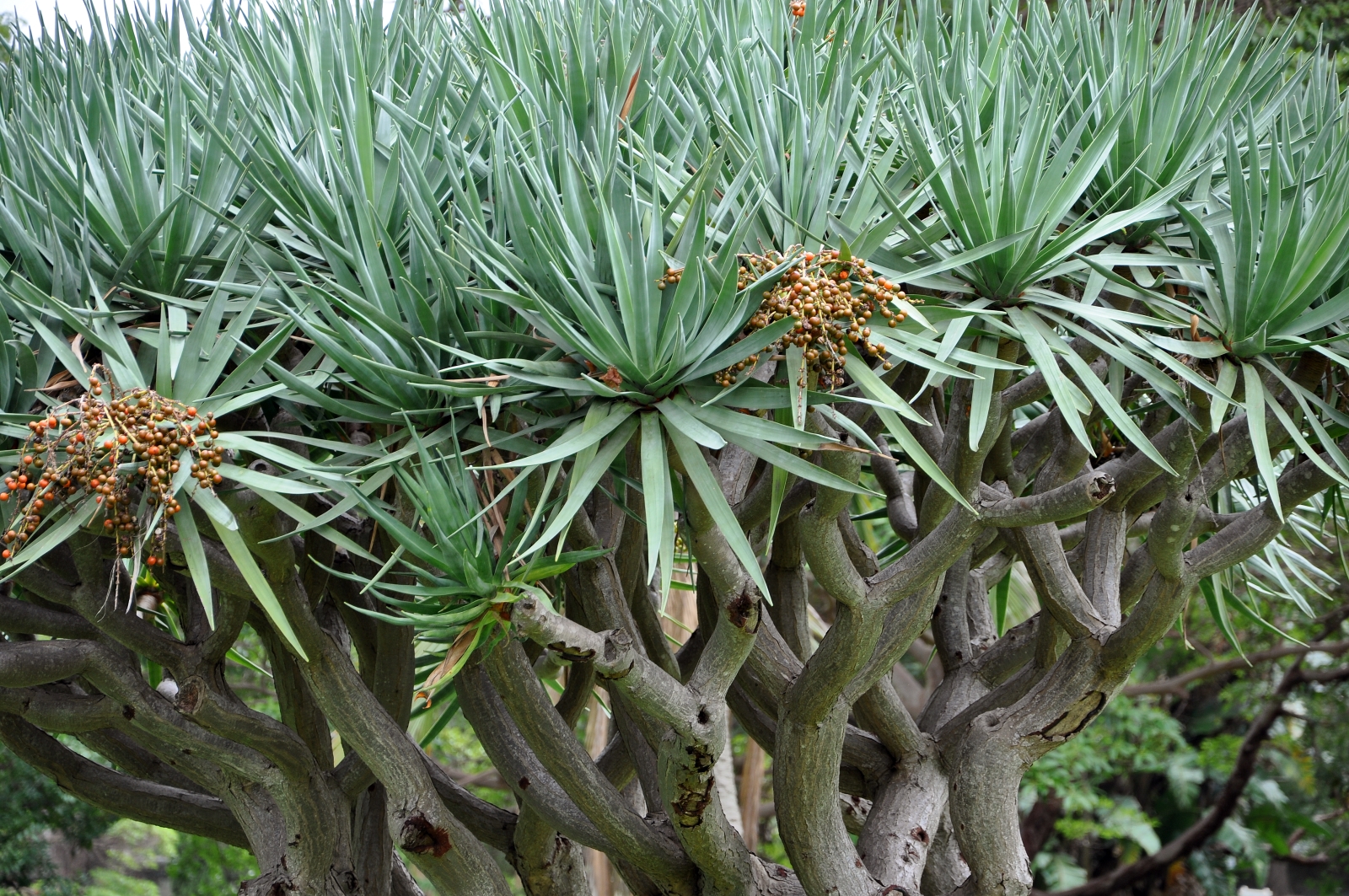
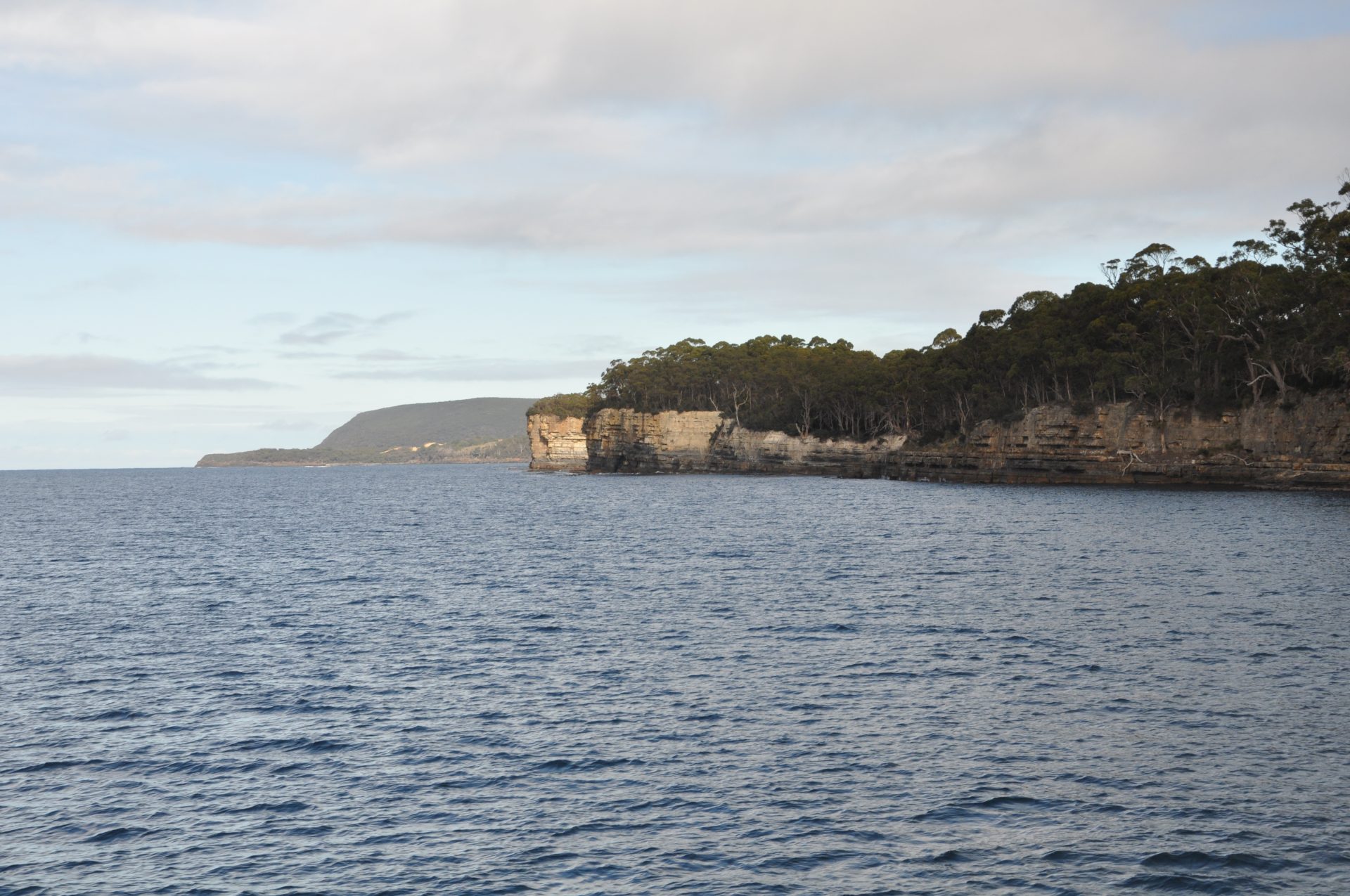
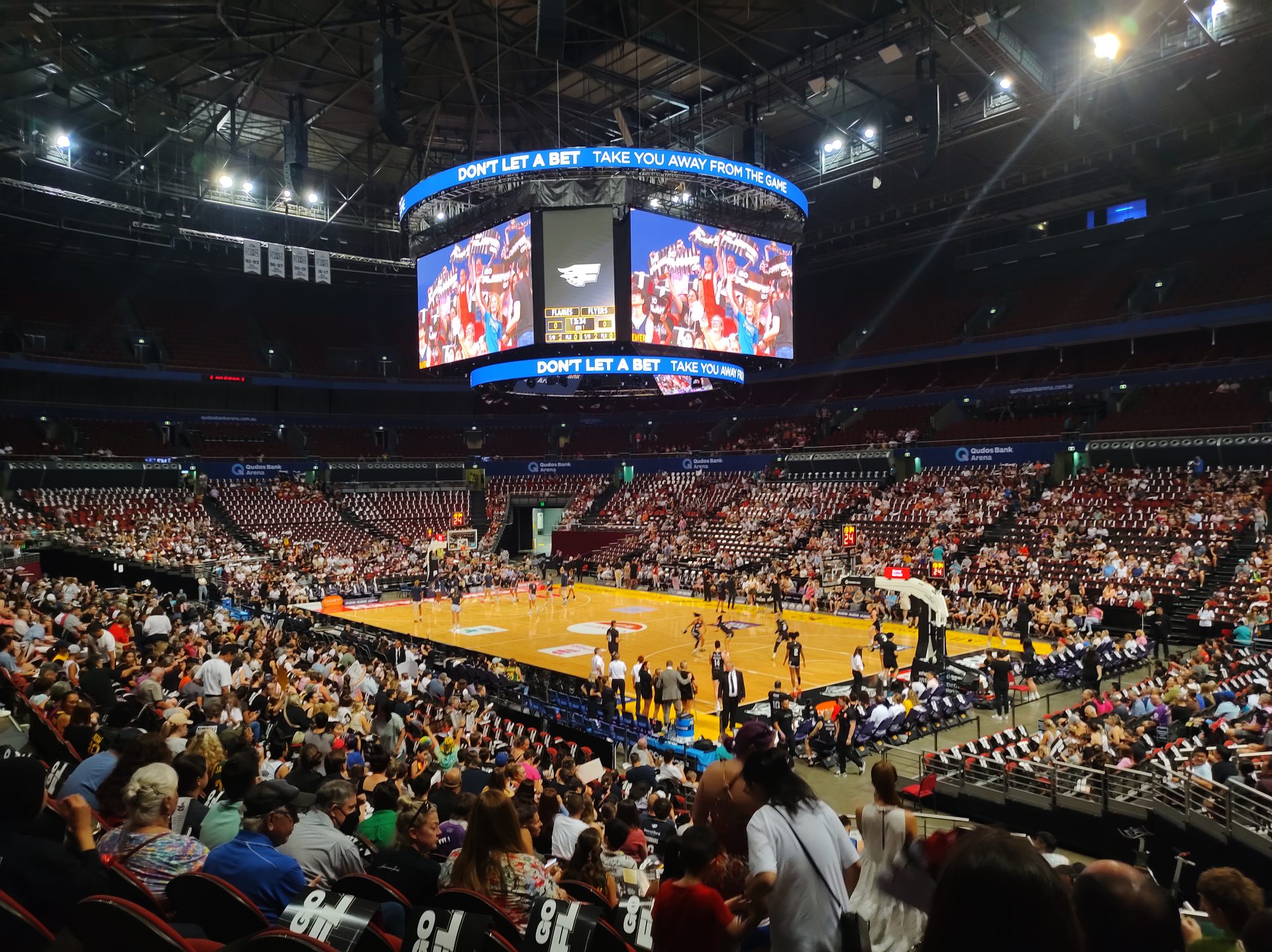
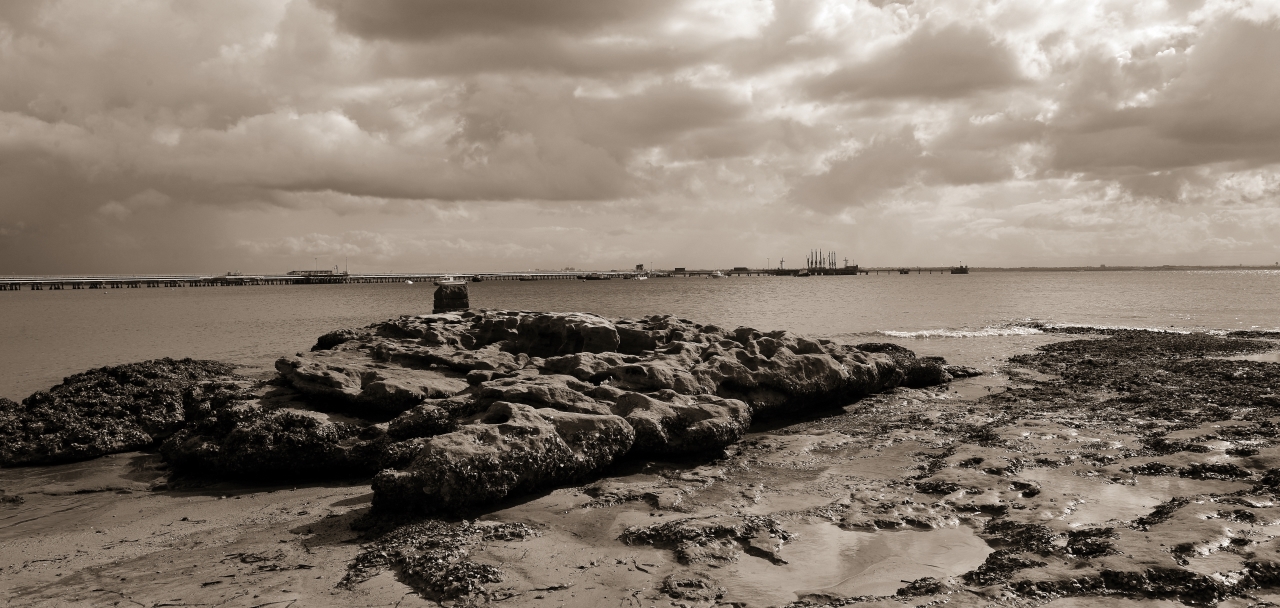


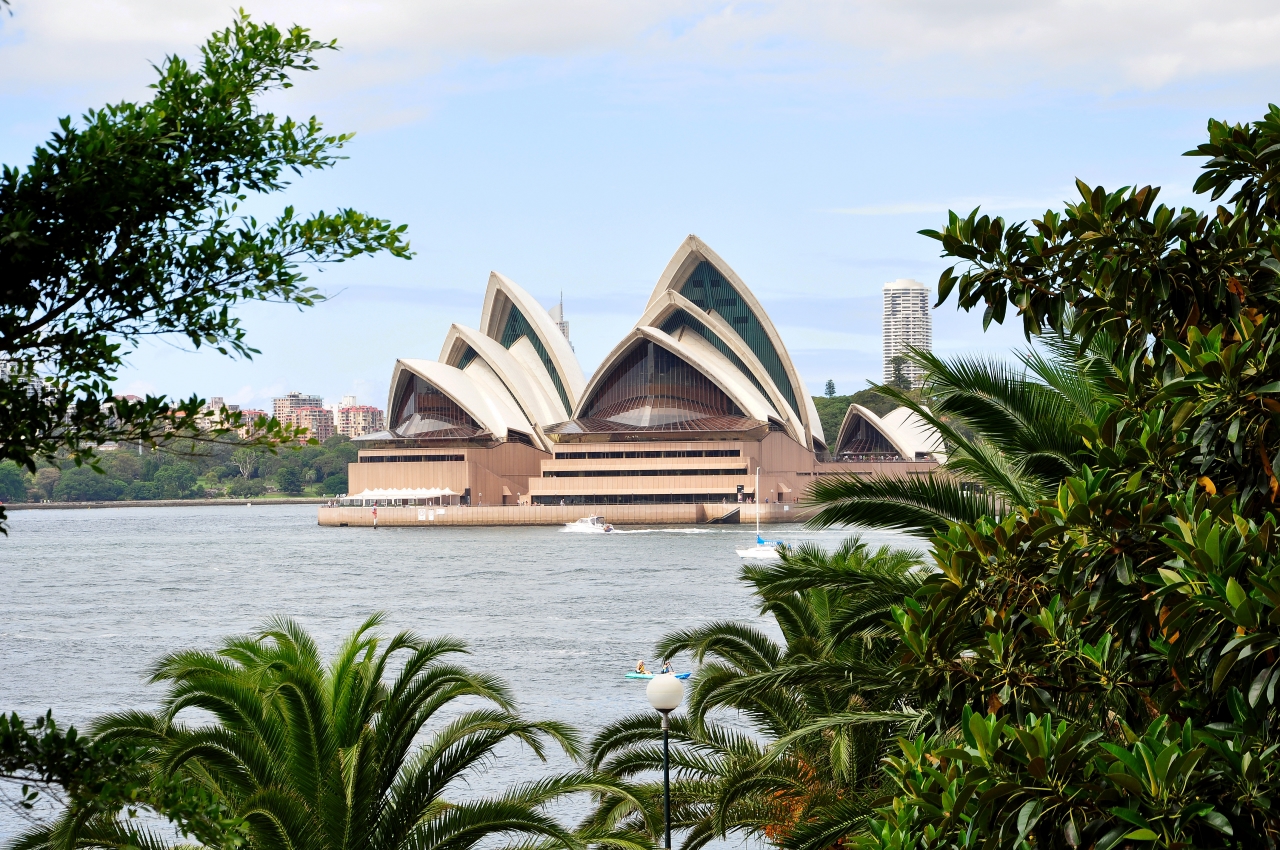
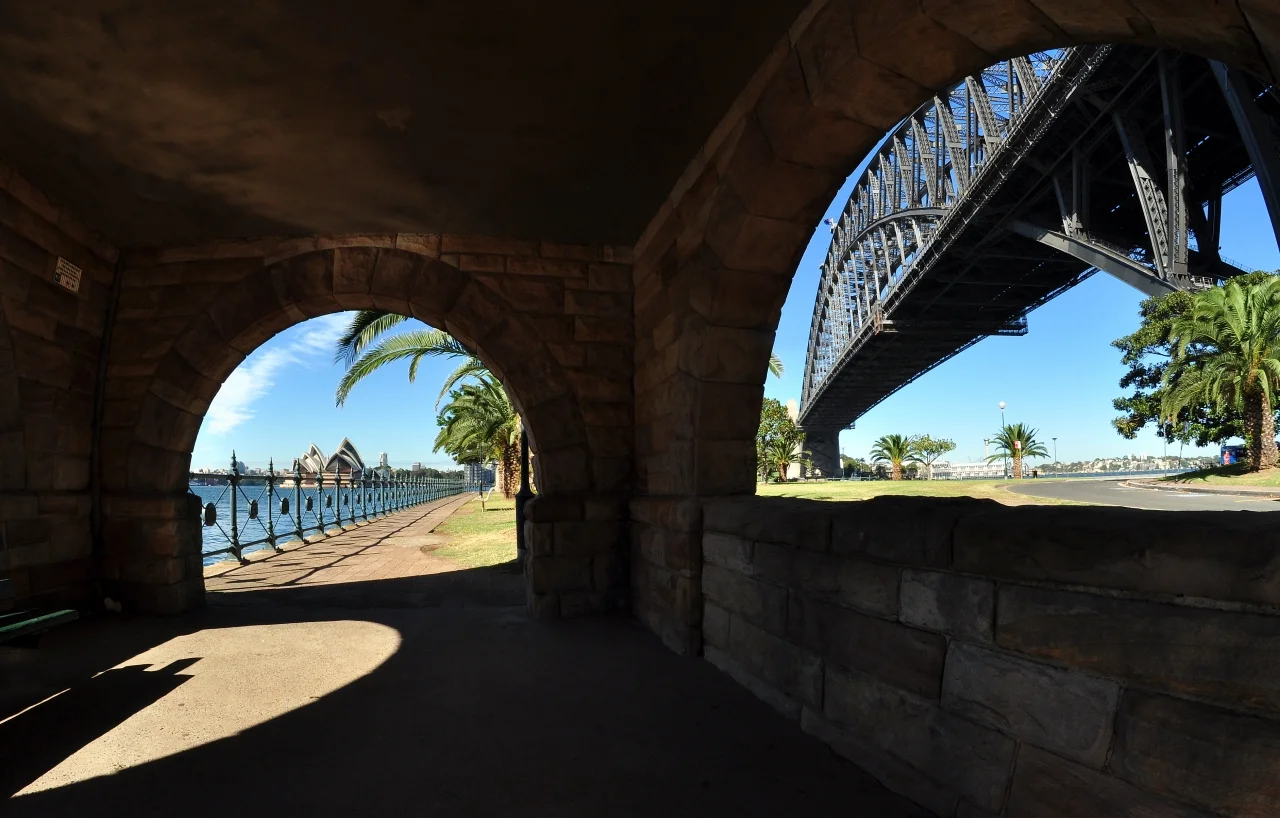
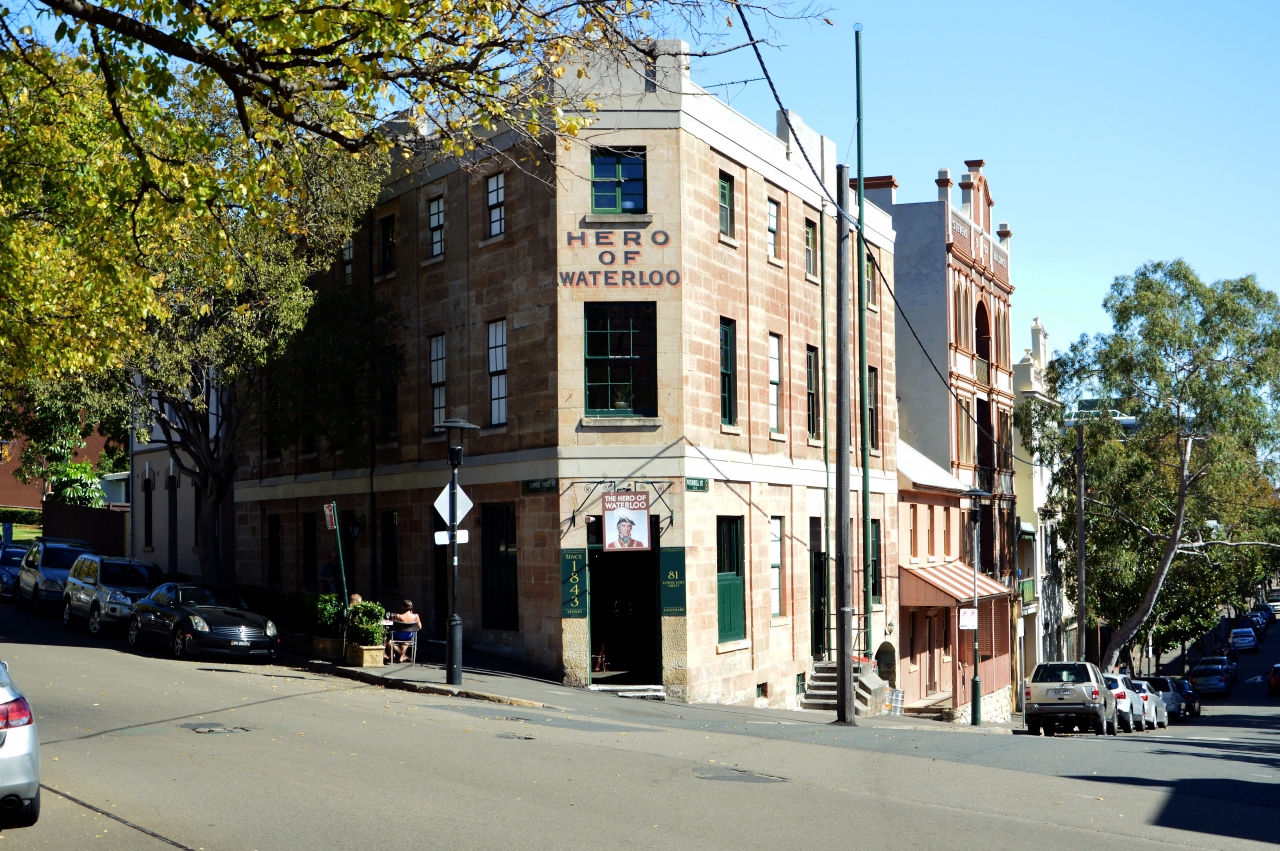
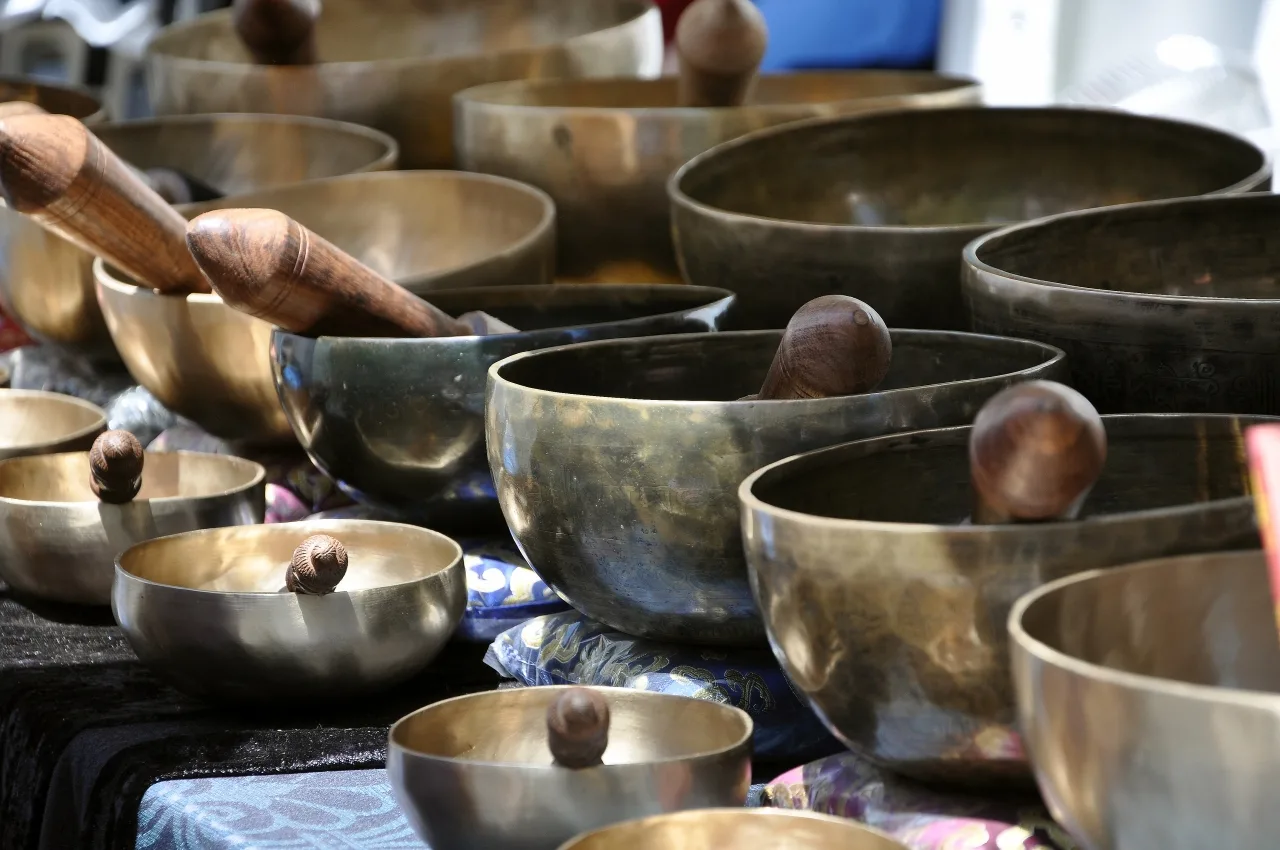
Leave a Reply